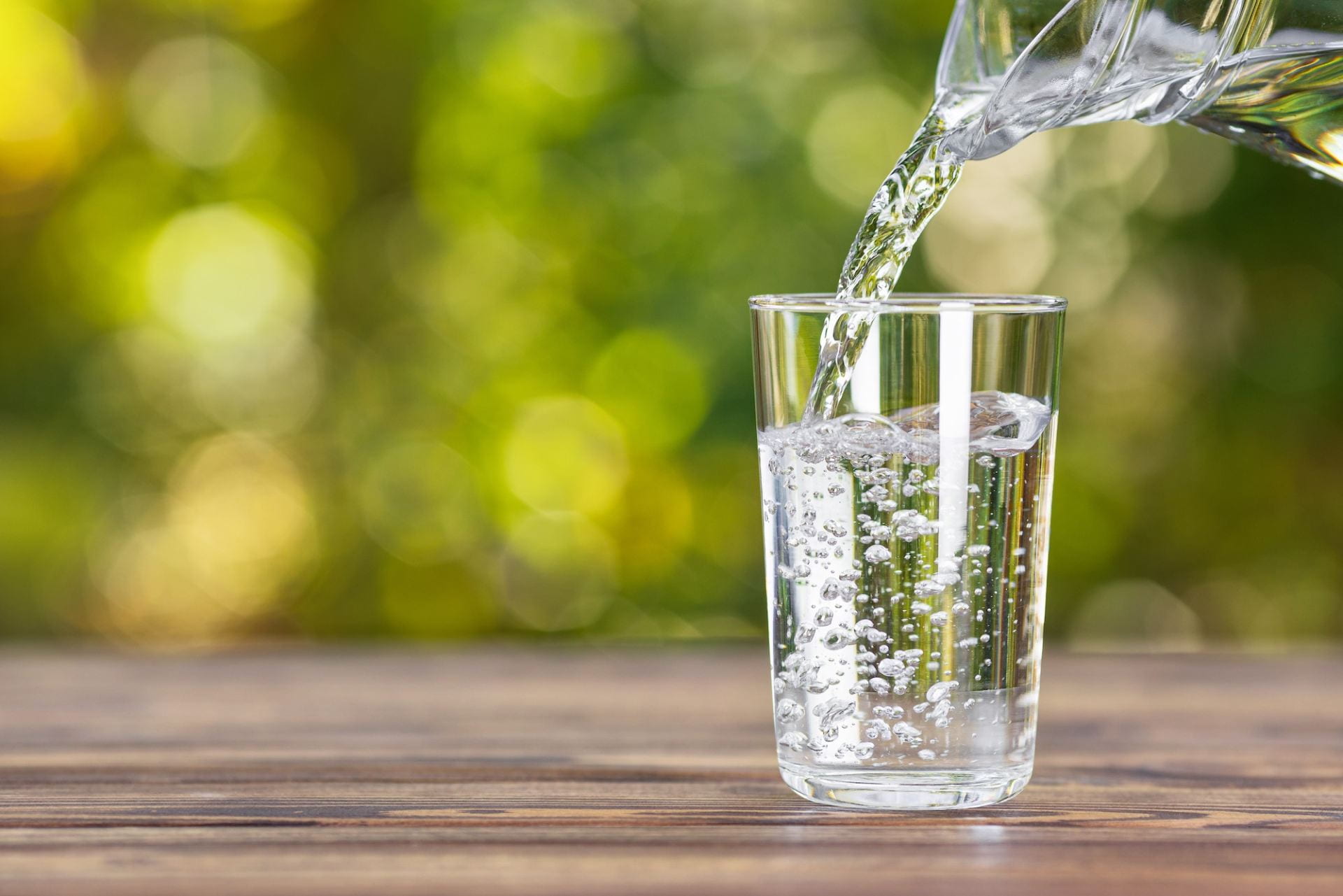With 38 public universities and 35 private colleges and universities in the state and many more across the country (and the world) interested in Texas, there’s a great deal of academic scholarship focused on water in the Lone Star State. In this column, I provide brief summaries of several recent academic publications on water in Texas.

Research concerning Winter Storm Uri continues to hit the journals, as is the case with this assessment of boil water notices in Oklahoma and Texas during the devastating storm. Day and crew surveyed 893 people affected by Uri to assess how they perceived the risk from boil water notices, the effectiveness of communicating boil-water notices during the event, and compliance with the notices.
Of the 893 people surveyed, 83.3% received boil water notices. Most of those surveyed believed the risks associated with boil water notices were severe. Most people complied with boil water notices, with race and income affecting compliance and age, gender, and education not affecting compliance. Previous experience with boil water notices did not affect compliance. Higher levels of perceived efficacy correlated to higher levels of compliance and perceptions of risk. The authors noted that their research can be used to prepare service populations before events like Winter Storm Uri to better protect health and human safety.
Citation
Day A.M., O’Shay, S., Islam, K., Seeger, M.W., Sperone, F.G., and McElmurry, S.P., 2024, Boil water notices as health-risk communication: risk perceptions, efficacy, and compliance during winter storm Uri. Scientific Reports, 14(1). doi:10.1038/s41598-023-50286-y
Groundwater level forecasting using ensemble coactive neuro-fuzzy inference system
Although I know where my office is, the Robot Overlords tell me how to get there, and the onboard computer machines in my car do most of the driving. I pony up a monthly subscription to ChatGPT to assist with research (but rest assured, dear reader, that these columns are all me). Boo and pals used a neuro-fuzzy system (I feel like that describes me…) to forecast aquifer water levels in wells in Texas and Florida (one in the Edwards Aquifer, one in the Gulf Coast Aquifer, one in the Biscayne Limestone [Florida], and a fourth in the surficial aquifer in Florida).
Using various fancy techniques and data on groundwater levels, precipitation, temperature, and surface-water levels, the authors trained a neural network to project water levels. They found that the model worked well for daily forecasting (probably because tomorrow’s water level will look similar to today’s) but not so well for forecasting one to three months out. It turns out our Robot Overlords are just as bad at predicting long-term weather as we are.
Citation
Boo, K.B.W., El-Shafie, A., Othman, F., Sherif, M., and Ahmed, A.N., 2024, Groundwater level forecasting using ensemble coactive neuro-fuzzy inference system. The Science of the Total Environment, 912:168760. doi:10.1016/j.scitotenv.2023.168760
Treated water from oil and gas extraction as an unconventional water resource for agriculture in the Anadarko Basin
With the Texas Legislature’s creation of the Texas Produced Water Consortium a few years ago under the leadership of Chairman Charles Perry of Lubbock, Texas is looking to treat produced water (water from oil and gas activities) and use that water beneficially. Although the Consortium primarily focuses on the Permian Basin, there’s also potential for using produced water from the Anadarko Basin, which peeks into Texas up in the Panhandle.
Echchelh and posse looked at the potential of the Anadarko as a resource for agricultural production. Between 2011 and 2019, the Anadarko (which spans parts of Kansas, Oklahoma, Colorado, and Texas) produced, on average, 428 million cubic meters per year (that’s about 350,000 acre-feet per year in the language of Lubbock). Economically extractable produced water ranged from 58 million cubic meters (47,000 acre-feet) per year using reverse osmosis and 82 million cubic meters (66,500 acre-feet) per year using a combination of reverse osmosis and mechanical vapor compression. This would be enough water to provide 1 to 2 % of irrigation demands and 49 to 70 % of livestock demands in the basin. For the Anadarko, they found that reverse osmosis treatment costs and energy requirements were similar to those for deep well injection.
Citation
Echchelh, A., Hutchison, J.M., Randtke, S.J., and Peltier, E., 2024. Treated water from oil and gas extraction as an unconventional water resource for agriculture in the Anadarko Basin. The Science of the Total Environment, 912:168820. doi:10.1016/j.scitotenv.2023.168820
Join Our Mailing List
Subscribe to Texas+Water and stay updated on the spectrum of Texas water issues including science, policy, and law.


